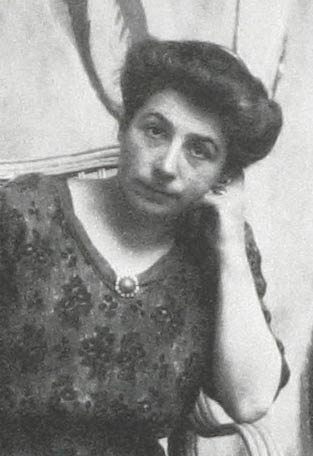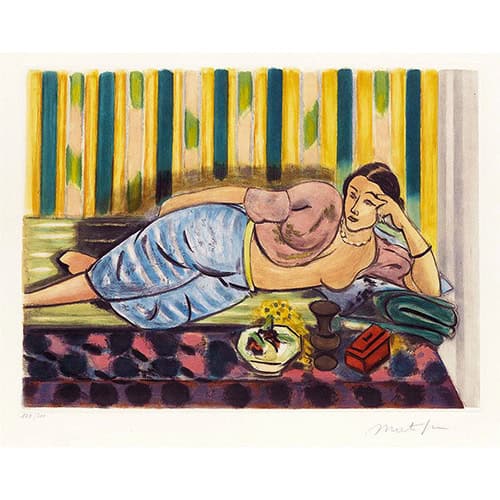Henri Matisse, a trailblazing figure of 20th-century art, is renowned for his revolutionary contributions to modern art. His painting "Woman in Hat" stands as a prime example of his innovative use of color and form. This article delves into its significance, artistic context, and its enduring impact on the art world.

Matisse's Artistic Vision
Henri Matisse was a pioneer of Fauvism, a movement that celebrated vibrant color and bold brushwork over traditional representational techniques.
He sought to convey emotions and experiences through the expressive power of color, which is vividly evident in "Woman in Hat" (1905). The painting captures the essence of his artistic philosophy, showcasing his ability to distill complex emotions into visual compositions.
Analyzing "Woman in Hat"
"Woman in Hat" depicts Matisse's wife, Amélie, adorned with a lavish, wide-brimmed hat.
The painting is a symphony of colors, featuring bold and unexpected juxtapositions that challenge traditional notions of representation. The woman's face is rendered with vivid green and pink hues, her features reduced to simplified shapes. The hat, a dynamic interplay of blue, yellow, and red, creates a visual harmony that transcends the confines of realism.

Matisse's brushstrokes are fluid and energetic, capturing the spontaneity of the moment. The background, rendered in shades of pale blue and green, further accentuates the vibrancy of the subject. Through this composition, Matisse invites viewers to experience the painting emotionally rather than rationally.
Breaking Boundaries with Color
"Woman in Hat" exemplifies Matisse's revolutionary approach to color. He liberates color from its representational function, using it to evoke emotions and sensations. The bold and audacious palette is a declaration of independence from the muted tones of traditional academic art. The colors aren't confined by the boundaries of reality; they serve as vehicles for expression, allowing Matisse to convey the woman's vitality and personality.
The non-naturalistic colors challenge viewers to reassess their perception of reality. This daring use of color demonstrates Matisse's belief in the transformative power of art, urging viewers to engage with the canvas beyond its surface appearance.
Influence and Legacy
"Woman in Hat" was met with mixed reactions upon its debut. Critics were divided, some deriding the unconventional color palette and simplified forms. However, this divergence of opinions only solidified Matisse's impact on the art world. His audacious departure from artistic norms paved the way for future generations to explore new realms of creativity.
Its legacy is palpable in subsequent art movements. The Fauvist emphasis on color and expression served as a precursor to Abstract Expressionism and Color Field painting. Matisse's fearless exploration of color and form inspired artists to break free from traditional constraints and seek fresh avenues of artistic expression.
"Woman in Hat" as a Symbol of Liberation
Beyond its technical innovations, "Woman in Hat" carries a deeper symbolism of liberation. Matisse's bold departure from realistic representation reflects the changing societal landscape of the early 20th century. The painting captures the spirit of a new era—one characterized by rapid change and a reevaluation of established norms.

Amidst the constraints of societal expectations, this painting emerges as a declaration of individuality and self-expression. The woman's defiant gaze and the audacity of her attire mirror the evolving roles of women during this period. Matisse's brushwork becomes a metaphor for breaking free from conventions and embracing the full spectrum of human experience.
Conclusion
A woman with a hat in Matisse's "Woman in Hat" is not merely a painting; it is a manifesto of artistic innovation, an exploration of the emotional resonance of color, and a symbol of personal and societal liberation.
Through this masterpiece, Matisse challenged the boundaries of representation, inspiring generations of artists to reimagine the possibilities of art.
"Woman in Hat" remains a timeless testament to Matisse's ability to capture the essence of a subject while transcending traditional artistic conventions. Its influence reverberates through art history, leaving an indelible mark on the trajectory of modern art. As viewers engage with this captivating work, they are invited to immerse themselves in Matisse's world—a world of vivid color, bold form, and boundless artistic courage.
Further reading:














